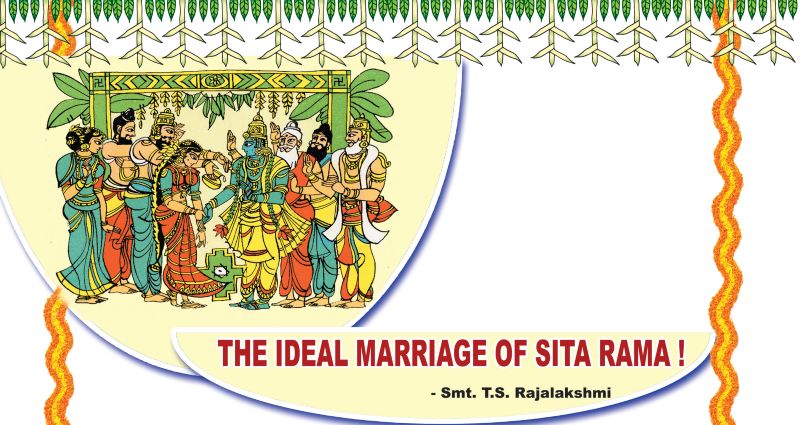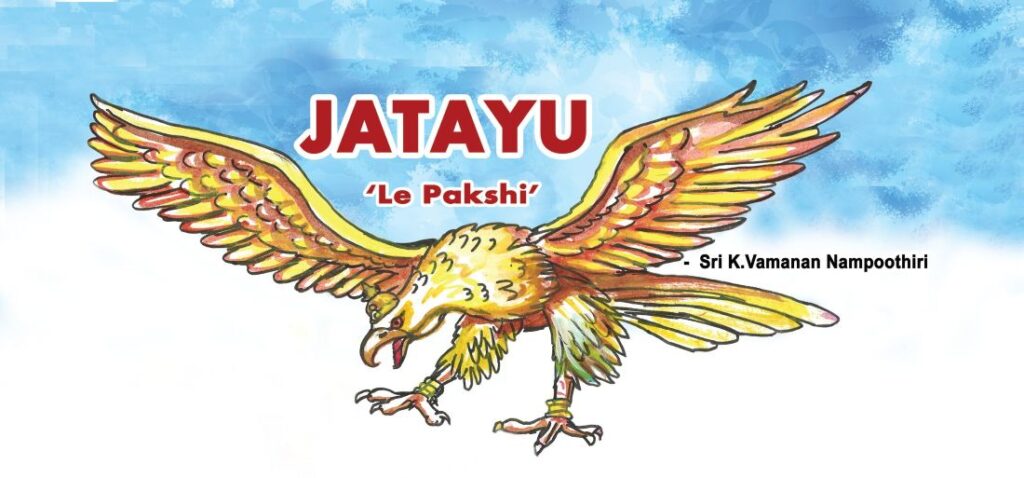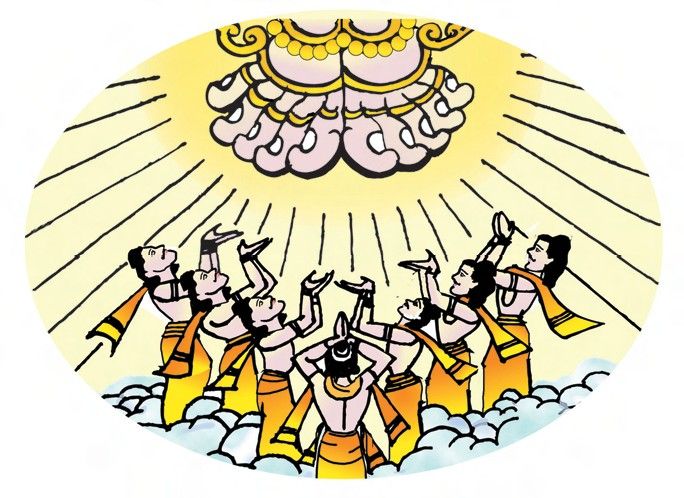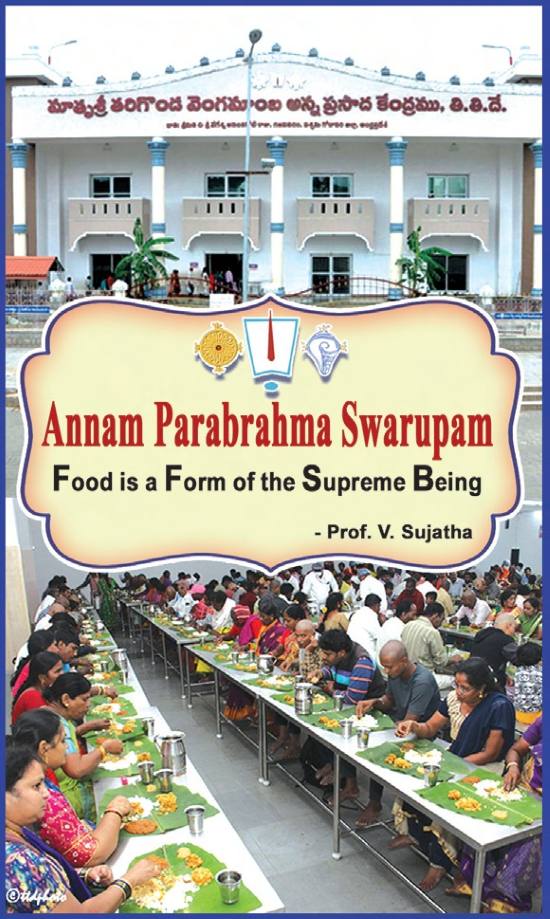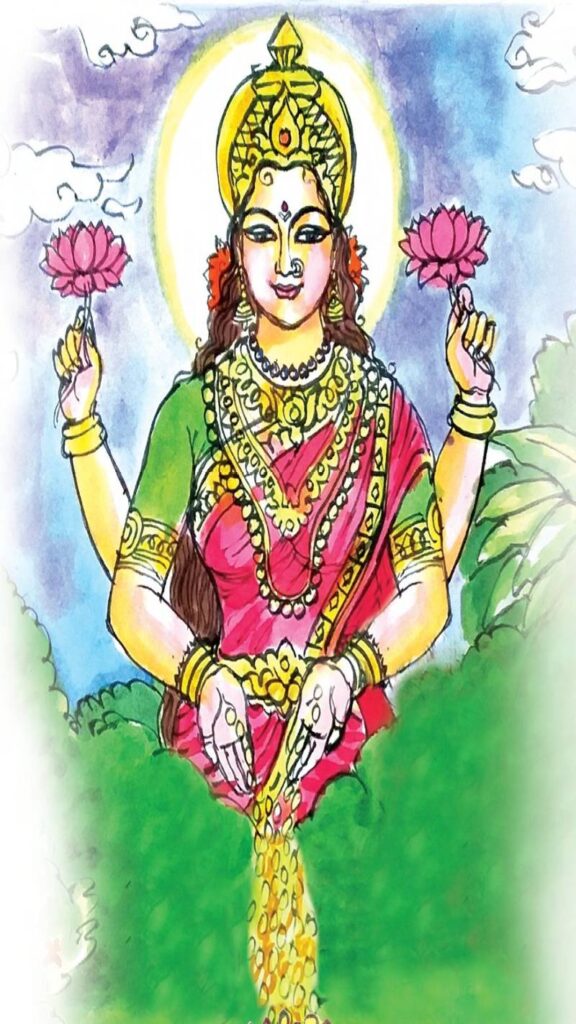What is Maha Kumbha Mela? The Maha Kumbha Mela is one of the world’s largest spiritual gatherings, drawing millions of devotees, saints, and seekers from across the globe. Held once every 12 years at Prayagraj (Allahabad), this sacred Hindu festival marks a powerful cosmic alignment and a time for spiritual cleansing. Pilgrims take a holy Read More
Category: Special Articles
Sita Kalyanam: Epic Tale, Rituals, and Cultural Importance
Sita Kalyanam – Ideal Marriage of Sita Rama Raaghavatve abhavat Seetaa Rukmanee Krishna janmani | Anyeshu cha avataareshu Vishnoh eshaa anapaayinee || When Lord Vishnu takes the ‘avatara’ as Lord Sri Rama, Goddess Lakshmi becomes Sita. When He takes the incarnation as Lord Krishna, She becomes Rukmini. Whatever Lord Vishnu has taken the ‘avataras’, She Read More
Jatayu: The Noble Bird in Hindu Mythology
Who Was Jatayu? Exploring the Legend of the Divine Vulture “Le pakshi” so heard the wounded bird Jatayu from Sri Rama and these gave it the vigour of life to narrate the events that made it suffer a fatal blow – these divine words are said to have unveiled the name of this place as Read More
3 Most Powerful Sanskrit words – Prarthana, Saranagati, & Dhyana
Understanding Prarthana, Saranagati, and Dhyana The three key Sanskrit words are Prarthana, Saranagati, and Dhyana and differences exist among these three. Prarthana Prarthana is prayer. Everyone stipulates it as an integral part of living. Going to a place of worship is made mandatory. We go to places of worship to gratify our needs and desires, Read More
Matsyavatara Explained: The Legend of Vishnu’s Fish Avatar
Matsyavatara: Vishnu’s Fish Incarnation Lord Sri Krishna said in Srimad Bhagavad Gita that He takes an avatar (incarnation) in this material world. Avatara means descending from His eternal abode of Sri Vaikuntam and taking birth in this world. During His sermon, He indicated the time, cause and purpose of His Avatara. He declares that whenever Read More
Annam Parabrahma Swarupam: Offering Food as Worship | Hindu Traditions
Understanding Annam Parabrahma Swarupam: Food & The Divine Connection ‘Dana’ is a Sanskrit word that means offering a gift or granting alms in any form. The word ‘dana’, mentioned in various Hindu texts, refers to giving without expecting anything in return. Various forms of ‘dana’ include ‘anna’ (donation of food), ‘praana’ (donation of organs), ‘bhoodana’ Read More
Annadanam Meaning: Spiritual Food Offering
Annadanam: Sacred Food Offering ‘Dana’ is a Sanskrit word that means offering a gift or granting alms in any form. The word ‘dana’, mentioned in various Hindu texts, refers to giving without expecting anything in return. Various forms of ‘dana’ include ‘anna’ (donation of food), ‘praana’ (donation of organs), ‘bhoodana’ (donation of land) and ‘godana’ Read More
The Managerial Qualities in Sri Hanuman Chalisa
Sri Hanuman Chalisa The ‘Hanuman Chalisa’ was written by Sant Tulasidas in praise of Lord Sri Hanuman, in ‘Avadhi (a local dialect of Hindi)’ language. Sri Hanuman was an ardent devotee of Lord Sri Rama. He is a central character in the Indian epic Ramayana and its various versions. Sri Hanuman participated in Rama’s war Read More
Lakshmi Jayanti: Worship Goddess Lakshmi for Prosperity & Wealth
Sri Lakshmi Jayanthi – 14.03.2025 Lakshmi Jayanti Significance: Why This Day is Important for Wealth & Fortune Penury is the root cause of all sorts of problems. The importance of money cannot be underestimated. To drive away penury from our lives, one has to placate goddess Mahalakshmi who stands as a personification of wealth and Read More
Ananthalwar (Ananthacharyulu) – Tirumala’s Beloved Gardener
Ananthacharyulu / Ananthalwar – Gardener of Tirumala Bhagawad Ramanuja (1017-1137A.D) the founder of Vishista Advaitha was once giving a discourse on Saranagathi, Prapathi (seeking refuge) to his disciples. He was explaining different ways of worshipping the God. During his discourse, he mentioned the significance of three holy places namely Sri Rangam, Kanchi and Venkatachalam. These Read More
